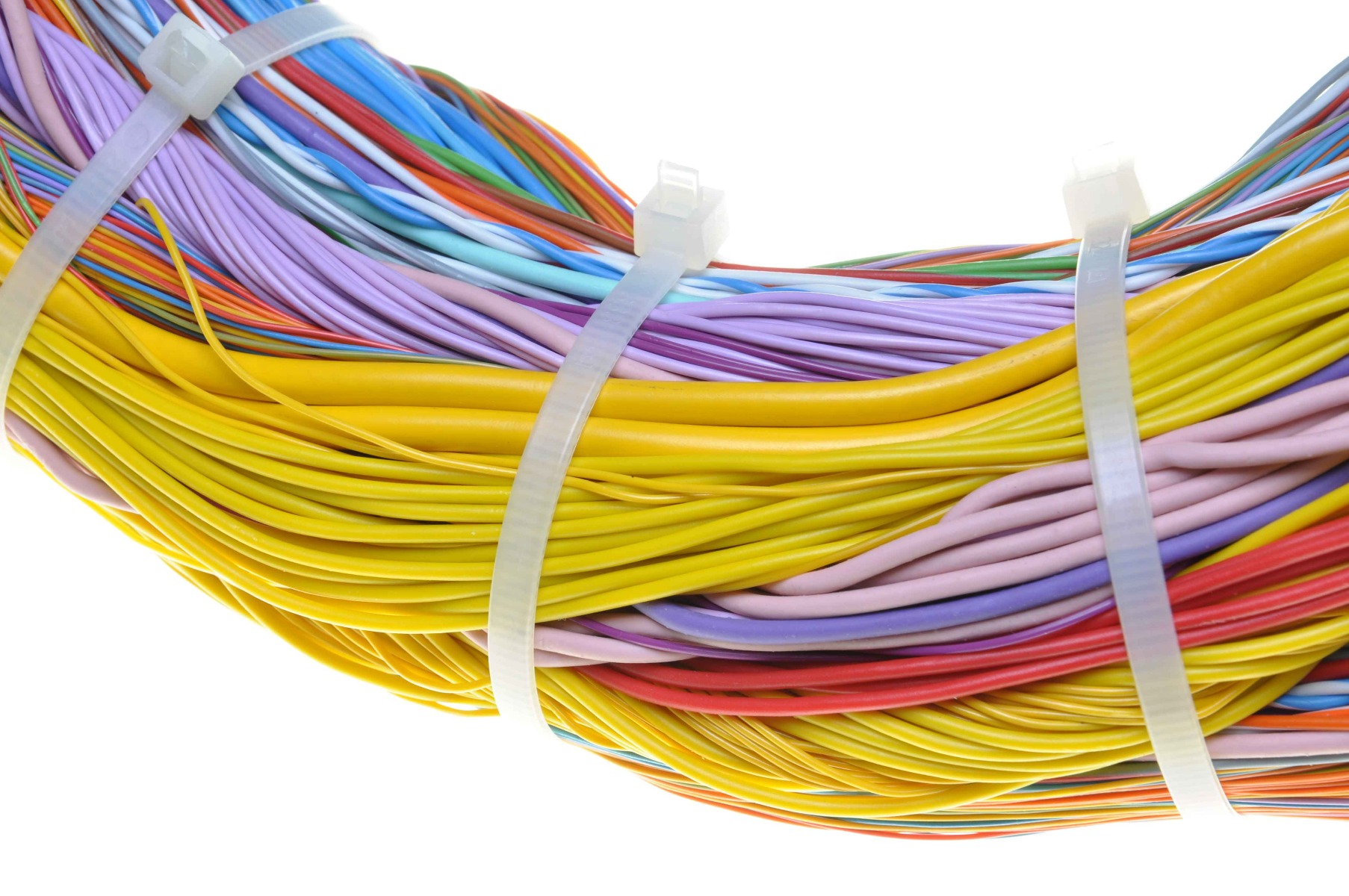Understanding The Bundle Of Brittany Age: A Look At Digital And Physical Groupings
Have you ever stopped to think about how many things we use every day come in what you might call a "bundle"? It’s almost like we live in an age where grouping things together just makes sense, you know? From the apps we use on our phones to the way software gets put onto computers, or even how products are sold in stores, the idea of a "bundle" is pretty much everywhere. This idea, this way of packaging things up, really seems to shape how we interact with technology and even how we shop, so it’s something worth looking at closely.
When we talk about a "bundle of Brittany age," we are, in a way, exploring how this concept of grouping items or services has become a central part of our daily lives, particularly in recent times. It's about recognizing that many things we get, whether they are digital or physical, are not just single items anymore. Instead, they come as a collection, put together for a specific reason, and that, too, is a big part of how things are done now.
This grouping approach can offer a lot of advantages, like making things simpler or giving you more value for what you pay. It also helps organize things in a way that just works better for everyone involved. So, let’s unpack what a "bundle" truly means in different situations, looking at examples that are very much a part of how things are today, perhaps defining this "Brittany age" through its love for neat packages of stuff.
Table of Contents
- What is a Bundle of Brittany Age, Anyway?
- Bundles in the Digital World: From Apps to Operating Systems
- Bundles in the Commercial World: E-commerce and Products
- Frequently Asked Questions About Bundles
What is a Bundle of Brittany Age, Anyway?
When you hear the word "bundle," it generally brings to mind a collection of things tied or wrapped together. It could be a physical "bunch" of sticks, or a "pack" of papers. In a more casual way, it might even mean a "large sum of money." But as a matter of fact, in our current setting, the term "bundle" has taken on a much wider set of meanings, especially when it comes to technology and how products are sold. This is what we mean by the "bundle of Brittany age"—a time where these grouped offerings are quite common.
It's interesting to see how this simple word has grown to describe complex digital arrangements and clever sales strategies. A bundle, at its heart, is about bringing separate elements into one unified package. This grouping can make things more convenient for you, or it might offer a better overall value. It really depends on what kind of bundle we are talking about, as you will see. So, you know, it’s not just a physical thing anymore; it's a concept that spans across many different areas of our lives.
This idea of combining things is not new, but the way it's done now, especially with digital products and services, is pretty advanced. We're talking about things that work together seamlessly, almost as if they were always meant to be a single unit. This is a common thread that runs through many of the examples we'll look at, showing how the "bundle" idea has really settled into how we do things today, which is quite something.
Bundles in the Digital World: From Apps to Operating Systems
The digital world, arguably, is where the concept of a "bundle" truly shines and shows its usefulness. From the way your online subscriptions work to the hidden files that make your computer programs run, bundles are everywhere. They help keep things organized, make software easier to use, and even speed up how quickly websites load. It's a fundamental part of how digital things are put together, you know, to make them work better for us.
Your Google One Plan: A Service Bundle
Think about your Google One plan, for instance. That is a clear example of a service bundle. It is not just one thing; it is a collection of benefits and features that Google offers together for a single price. This plan gives you more storage across Google Drive, Gmail, and Google Photos, and it often includes other perks like access to Google experts or special member benefits. Your new Google One plan begins immediately when you sign up, and you are charged with the new price right away.
If you are already on a paid Google One membership, any remaining time on your current membership is typically refunded. This means you do not lose out on what you have already paid for, which is a nice touch, actually. It is a way of making sure the transition to a new plan is smooth and fair for you. So, in a way, it’s a very user-friendly approach to managing subscriptions, making sure you are always getting the most out of your bundled services.
The whole point of Google One, really, is to give you a comprehensive package of services that work together. It saves you the trouble of managing separate subscriptions for different Google products. This kind of bundling makes it simpler to get all the digital tools you might need from one place, which is pretty convenient for many people, you know, especially those who rely on Google services a lot.
The Mysterious .bundle File on Mac OS
Moving over to computers, if you use a Mac, you might have come across something called a ".bundle" file. This type of file is a very specific kind of packaged file format used in Mac OS. It is designed to keep things organized, typically containing all the bits and pieces that an application or a library needs to run properly. This includes the main program files, various resource files like images or sounds, and any other supporting files that help it do its job.
You might wonder how to open a .bundle file if you ever encounter one. Well, there are a few ways you can try. Often, you can simply use Finder, which is the file management system on your Mac, to open it. Sometimes, these files are meant to be opened by a specific application, so double-clicking might just launch the program that uses it. They are not always meant for you to directly "open" and browse like a regular document, but rather for the system to use internally, which is quite important.
The purpose of a .bundle file is to keep all related components together in one neat package. This makes it easier for developers to distribute software and for your Mac to manage applications. It helps prevent files from getting scattered around your system, which could cause problems. So, in essence, it is a way of keeping things tidy and functional behind the scenes, ensuring that your applications run as they should, more or less, without a fuss.
JavaScript Bundles: Making Websites Faster
Now, let's talk about the internet and how websites are built. When you hear the word "bundle" in the context of JavaScript, it means something quite different but equally important. In JavaScript, "bundling" refers to a process where many JavaScript files, along with other resources like images or stylesheets, are combined into a single file. This is a common practice in web development today, and it is done for a very good reason.
The main benefit of bundling JavaScript files is to reduce the number of network requests a web browser has to make when it loads a website. Every time your browser asks for a file from a website's server, it takes a little bit of time. If a website has dozens or even hundreds of separate JavaScript files, that can add up to a lot of time, making the website feel slow. By bundling them into one file, the browser only needs to make one request for all that code, which is pretty efficient.
This process helps to speed up how quickly a website appears on your screen and how responsive it feels. It is a way of optimizing performance, making the user experience much smoother. So, in a way, JavaScript bundling is a clever trick that web developers use to make the internet feel faster and more seamless for everyone. It is a behind-the-scenes effort that makes a big difference in how you experience the web, actually.
Chrome Browser Bundles for Businesses and Schools
For those who manage computer networks in places like businesses or schools, there is another kind of bundle that is very useful: the Chrome browser enterprise bundle. This package is specifically designed for administrators who need to manage Chrome browser across many Windows computers. It provides all the necessary files you need to set up, update, and put Chrome browser onto your network of machines.
This bundle is quite comprehensive, you know. It includes not just the main browser files but also other files that help with different operating systems and devices. For example, it might contain support for various audio and video cards, or even custom printer settings. This means that administrators can ensure Chrome works well with all the different kinds of hardware and software their organization uses, which is very helpful.
To get started with this, administrators typically download the appropriate Chrome Enterprise bundle, choosing between a 64-bit or 32-bit version, depending on their network's needs. This bundle supports Chrome browser version 74 and later. It is a complete package that simplifies the job of keeping many Chrome browsers up-to-date and configured correctly across a large number of computers, basically making their lives easier.
Bundles in the Commercial World: E-commerce and Products
The idea of bundling is not just limited to the digital or software world; it is a very common and effective strategy in commerce, especially in online selling. When you shop online, you often see products offered together as a set. This is a prime example of a commercial bundle, designed to offer you a complete solution or a better deal. It is a way sellers put things together to make them more appealing, you know, to customers.
Product Bundles: Selling Things Together
In e-commerce, a product bundle means you have a main product grouped with other, different products, all sold together as one package for a single price. This is different from a multi-pack, where you just get more of the same item. With a bundle, you are getting a variety of items that complement each other. For example, a camera might be bundled with a memory card and a carrying case, which is a pretty common thing.
These bundles typically have their own unique identifying codes, like separate ASIN (Amazon Standard Identification Number) and UPC (Universal Product Code) numbers. This helps in tracking them as a single sales unit, even though they contain multiple individual items. It is a way of organizing the inventory and sales process, which is quite important for businesses, especially those that sell a lot of different things.
One interesting aspect of these bundles is how returns are handled. Since a bundle combines products that might have different return policies individually, if a seller puts them together as a bundle, the buyer usually needs to return the entire bundle if they want a refund. You cannot just return one part of it, which is something to keep in mind. This helps keep things simple for the seller, ensuring the whole package is either kept or sent back.
When listing these bundles online, sellers use a specific attribute, like the `[is_bundle]` attribute, to let the platform know that they have grouped a main product with other, different products, and are selling them as one package for a single price. This attribute helps the online marketplace show the offering correctly to potential buyers, ensuring they understand what they are getting. It is a clear signal that this is a curated set of items, not just a random collection, which is rather useful for everyone involved.
Frequently Asked Questions About Bundles
People often have questions about how bundles work, especially with all the different types out there. Here are some common things people ask:
What is the main advantage of buying a bundle?
The main advantage of buying a bundle is often getting more value or convenience. You might pay less than if you bought each item separately, or you get a complete solution that saves you time and effort. It is like getting a whole set of tools you need all at once, which is quite helpful, you know.
Can I get a refund for just one part of a digital service bundle?
Generally, with digital service bundles like Google One, if you cancel a paid membership, the remaining time on your current membership is refunded. However, you usually cannot get a refund for just one part of the service if it is sold as a single bundle. The refund applies to the whole bundled membership, which is usually how it works.
How do businesses use bundles to manage software?
Businesses use bundles, like the Chrome Enterprise bundle, to make it easier to set up, update, and manage software across many computers. These bundles contain all the necessary files and support for different systems and devices, simplifying the process for administrators. This helps them keep everything running smoothly and consistently across their network, which is a big deal for them.
Learn more about digital service packages on our site, and link to this page for more insights into software deployment.

Wire Bundling - Swift-Pull | Sycor Technology

Bundle - definition and meaning with pictures | Picture Dictionary & Books

Bundle Of 100 Dollar Bills